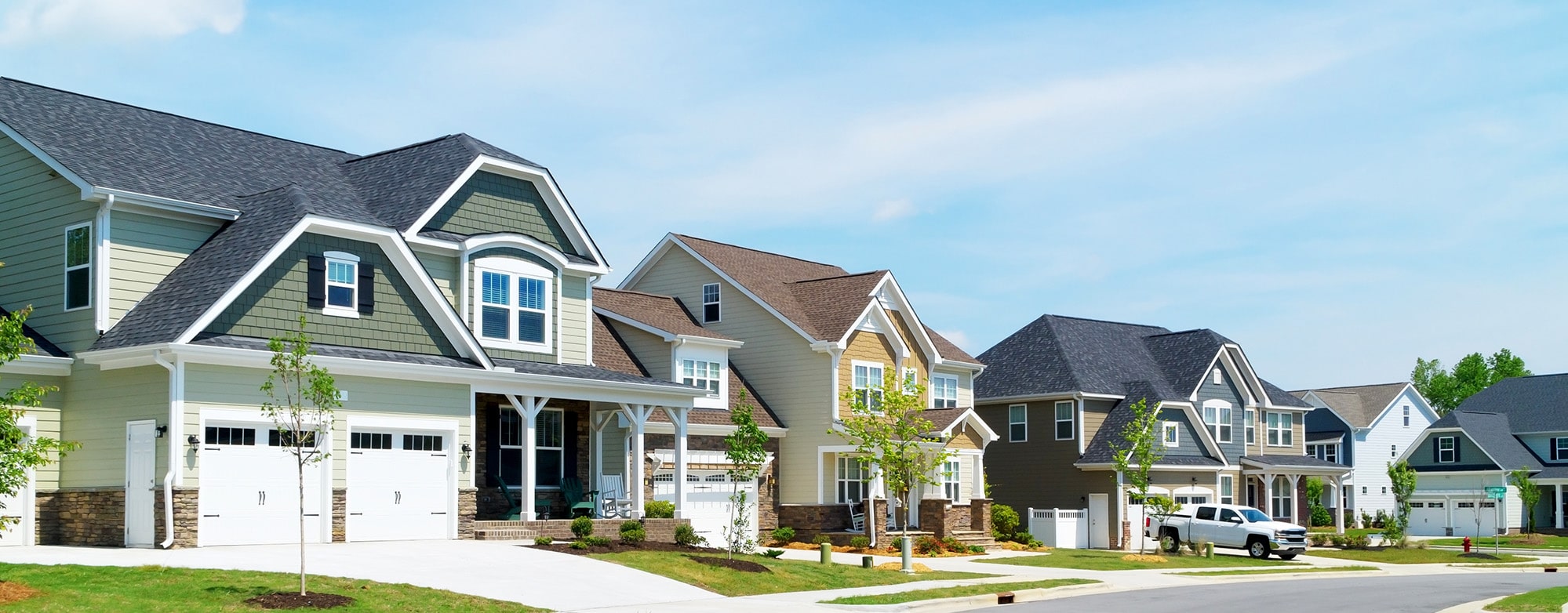Salt Lake City has long been known for its picturesque mountain views, rich cultural heritage, and a growing population that continues to reshape its neighborhoods. In recent years, one of the most transformative trends in the city’s real estate and housing market has been the rise of urban infill projects. These projects are revitalizing underused land, creating new opportunities for housing and commerce, and redefining what it means to live in Utah’s capital city.
As more people move to Salt Lake City for its booming job market, lifestyle amenities, and access to the outdoors, demand for housing has skyrocketed. This surge has created challenges in affordability and availability, but urban infill projects are emerging as a sustainable and innovative solution. Let’s take a closer look at what urban infill means, how it’s shaping Salt Lake City, and what it means for landlords, tenants, and investors.
What Are Urban Infill Projects?
Urban infill projects focus on developing vacant or underutilized land within an existing city rather than expanding into undeveloped areas. This can include:
Building new housing units on empty lots.
Redeveloping obsolete industrial or commercial sites into mixed-use communities.
Adding accessory dwelling units (ADUs) or multifamily properties in established neighborhoods.
Unlike sprawling suburban development, infill prioritizes density, efficiency, and walkability. For a growing city like Salt Lake City, these projects present an opportunity to accommodate population growth without overextending infrastructure or harming natural landscapes.
Why Urban Infill Is Growing in Salt Lake City
Several factors make Salt Lake City a prime location for infill development:
Population Growth
Utah consistently ranks among the fastest-growing states in the nation. Salt Lake City, in particular, has experienced significant migration due to tech sector growth, a strong economy, and lifestyle appeal. This surge in residents drives the need for more housing options in already established areas.Housing Shortages
Affordable housing is one of the most pressing issues in Salt Lake City. Urban infill allows developers to create more units in areas with high demand, helping to ease shortages while integrating with the existing city fabric.Zoning Flexibility and Policy Support
City officials have shown increasing support for rezoning and policy changes that encourage higher density. From ADUs to mixed-use zoning, policies are evolving to meet modern housing needs.Sustainability and Smart Growth
Infill projects make better use of infrastructure already in place—such as roads, utilities, and public transportation—while reducing sprawl into natural landscapes and farmlands. This aligns with Salt Lake City’s broader goals of sustainable growth.
Examples of Urban Infill in Salt Lake City
Urban infill is already visible across Salt Lake City. Some examples include:
Downtown Redevelopment: Empty lots once used for surface parking are being converted into mid- and high-rise apartment complexes. These projects bring new life to downtown, blending residential, retail, and office spaces.
Neighborhood Revitalizations: Communities such as Sugar House and Central Ninth are seeing older industrial buildings repurposed into trendy housing and mixed-use developments.
Accessory Dwelling Units (ADUs): With zoning changes, more homeowners are building small units behind existing properties. These provide affordable rental options and income opportunities for property owners.
Benefits of Urban Infill Development
Urban infill projects benefit multiple stakeholders in Salt Lake City:
For Tenants: Infill provides modern housing options closer to job centers, transit lines, and amenities, often at more affordable rates than suburban alternatives.
For Landlords and Investors: These projects increase property values, create attractive rental opportunities, and generate stable returns in high-demand areas.
For the Community: Infill strengthens neighborhoods by reducing blight, supporting walkable communities, and fostering economic activity.
Challenges of Urban Infill Projects
While the opportunities are vast, infill development does come with challenges:
Zoning and Regulations: Although progress has been made, navigating city codes and approval processes can be complex for developers.
Community Pushback: Some residents express concerns about increased density, traffic, or changes to neighborhood character.
Infrastructure Strain: Infill requires thoughtful planning to ensure existing infrastructure can support new residents and businesses.
The Future of Salt Lake City’s Urban Infill
Looking ahead, urban infill will likely remain a cornerstone of Salt Lake City’s development strategy. As the city continues to grow, these projects will help balance housing needs with sustainability goals. Developers, landlords, and property managers will need to stay informed on evolving zoning laws, city incentives, and demographic trends to maximize opportunities.
For investors, infill projects represent a chance to be at the forefront of Salt Lake City’s transformation—participating in growth while contributing to stronger, more vibrant communities.
What This Means for Landlords and Tenants
For landlords, the rise of urban infill projects opens new doors to invest in properties that are centrally located, appealing to young professionals, students, and families who want to be close to amenities. Tenants benefit from access to modern housing solutions that prioritize efficiency, sustainability, and walkability.
This shift is also reshaping the property management industry. With more complex mixed-use and multifamily developments, landlords need experienced property managers to ensure smooth operations, strong tenant relations, and compliance with local regulations.
Final Thoughts
Urban infill projects are not just a trend—they are the future of Salt Lake City’s growth. By making better use of underutilized spaces, these developments balance the need for housing with sustainability, walkability, and community enhancement.
For property owners and investors, this is the time to explore opportunities in Salt Lake City’s evolving urban landscape. And for tenants, it means more options to live in the heart of the city, close to everything that makes Utah unique.
If you are a landlord, tenant, or investor navigating the changes in Salt Lake City’s housing market, partnering with the right property management company can make all the difference. At Wolfnest, we specialize in Utah property management—helping property owners maximize returns while creating exceptional rental experiences for tenants. As Salt Lake City continues to grow, Wolfnest is here to support you every step of the way.
Summarize this content with AI:
Chat GPTGrok
Perplexity
Claude.ai


